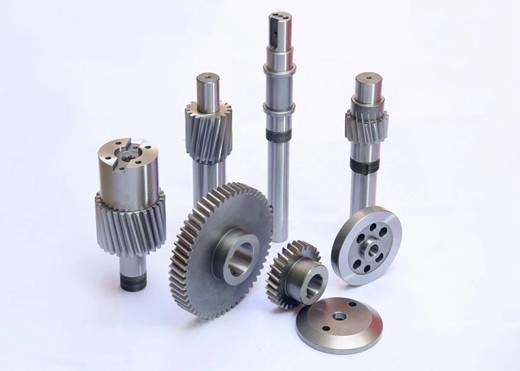Custom CNC Gas Cylinder Quenching Tempering / Heating / Hardening Furnace
Product description
Laser quenching process parameters are a key link in laser heat treatment. The process parameters mainly include laser power, laser beam scanning speed, focal length of the focusing mirror, and defocusing amount (distance between the quenched surface and the beam focus). The energy absorbed by the quenched surface depends on the laser power; The action time of the laser beam on the quenched surface depends on the scanning speed; The size of the spot depends on the focal length and defocusing amount of the focusing mirror; The laser power density depends on the laser power and spot size. Generally, an increase in laser power results in an increase in the depth of the quenched layer; The scanning speed increases, and the depth of the quenched layer decreases; As the defocusing amount increases, the size of the light spot increases, and within a certain range, the width of the quenching layer increases.

During the processing, the deformation of the workpiece is minimal, making it suitable for surface strengthening of certain workpieces or local parts that cannot be completed or difficult to achieve by other quenching techniques. Laser heat treatment has a high degree of automation, and the depth and area of the hardening layer are controllable. This technology is mainly used to strengthen the surface of automotive components or molds, improve their surface hardness, wear resistance, corrosion resistance, strength, and high-temperature performance, such as laser heat treatment of automotive engine cylinder holes, crankshafts, stamping molds, casting plates, etc.




Recommended products
